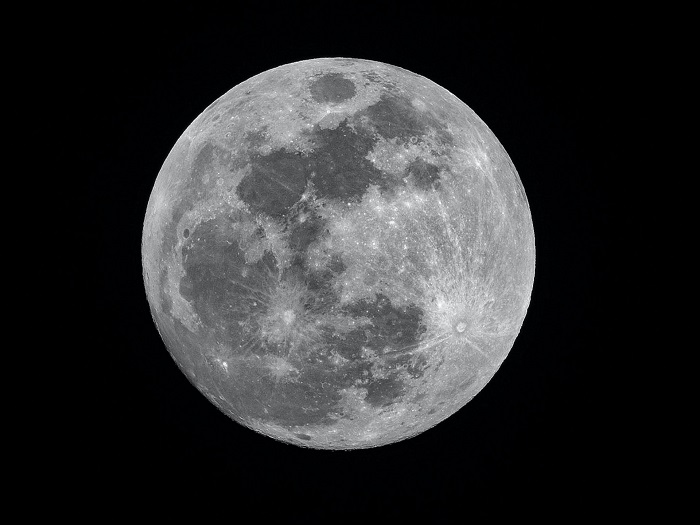ISABEL RUBIO ARROYO | Tungsteno
A planet or satellite with buildings, homes or rocket landing pads may seem like the stuff of science fiction. But a growing number of scientists are working to make it easier to explore space and make the lunar and Martian surfaces habitable. They aim to use some in-situ resources to develop building materials that are adapted to the infrastructure and environment.
How concrete behaves in space
"On missions to the Moon and Mars, humans and equipment will need to be protected from extreme temperatures and radiation, and the only way to do that is by building infrastructure on these extraterrestrial environments," explains researcher Aleksandra Radlinska of Pennsylvania State University. Some scientists see concrete, the most widely used building material on Earth, as a good alternative for building in space.
NASA believes that "it is strong and durable enough to provide protection against cosmic radiation and meteorites, and it may be possible to make it using materials available on these celestial bodies." While the idea may seem promising at first glance, the scientific community still has several unanswered questions about the chemistry and microscopic structures involved and how changes in gravity might affect the process.
Several researchers are investigating what it would take to build on Mars. Credit: DamiLee
Using lunar and Martian soils to make concrete
Norman Wagner, professor of chemical and biomolecular engineering at the University of Delaware, believes that "if we're going to live and work on another planet like Mars or the Moon, we need to make concrete". But "we can't take bags of concrete with us—we need to use local resources." His team has successfully converted simulated lunar and Martian soil into geopolymer concrete, which is considered a good substitute for conventional concrete.
The researchers mixed various simulated soils with sodium silicate and poured the geopolymer mixture into ice-cube-like moulds. After seven days, they measured the size and weight of each cube and crushed it to understand the material's behaviour under load. Their goal was to find out whether slight differences in chemistry between the simulated soils affected the material's strength.
"When a rocket takes off, there's a lot of weight pushing down on the landing pad and the concrete needs to hold, so the material’s compressive strength becomes an important metric," Wagner explains. On Earth, at least, his team managed to "make materials in little cubes that had the compressive strength necessary to do the job."

Explorers will need shelters on Mars to protect them from the harsh Martian environment, according to NASA. Credit: NASA/Clouds AO/SEArch
Printers to build in space
NASA is also exploring new materials and developing technologies to construct structures on planetary surfaces, such as landing pads, roads, habitats, garages or radiation shelters, using in-situ resources. But there are many challenges to building in space that go beyond the materials used. Not only is it difficult to get the necessary tool there, but the large machines used in construction are designed to work on Earth.
It is in this context that some researchers are trying to exploit the advantages of 3D printing. "We want to increase the technology readiness level and test systems to prove it would be feasible to develop a large-scale 3D printer that could build infrastructure on the Moon or Mars," said Corky Clinton, deputy director of the Science & Technology Office at NASA’s Marshall Space Flight Center, in 2020. But keep in mind that space also presents challenges that make 3D printing difficult. Gravity allows layers of 3D printed material to "stick together" as they print and dry, so one of the biggest problems is that of microgravity, the state in which people or objects appear weightless.
Conditions in space can make 3D printing difficult. Credit: Tomorrow's Build
It is still too early to say whether there will one day be great buildings on other planets—or whether this is a mission impossible. In any case, much more research is needed to develop materials that can withstand the conditions of space and machines that can erect buildings like those on Earth. For now, the only certainty is that many researchers are working hard to make what is currently science fiction a reality.
· — —
Tungsteno is a journalism laboratory to scan the essence of innovation.
